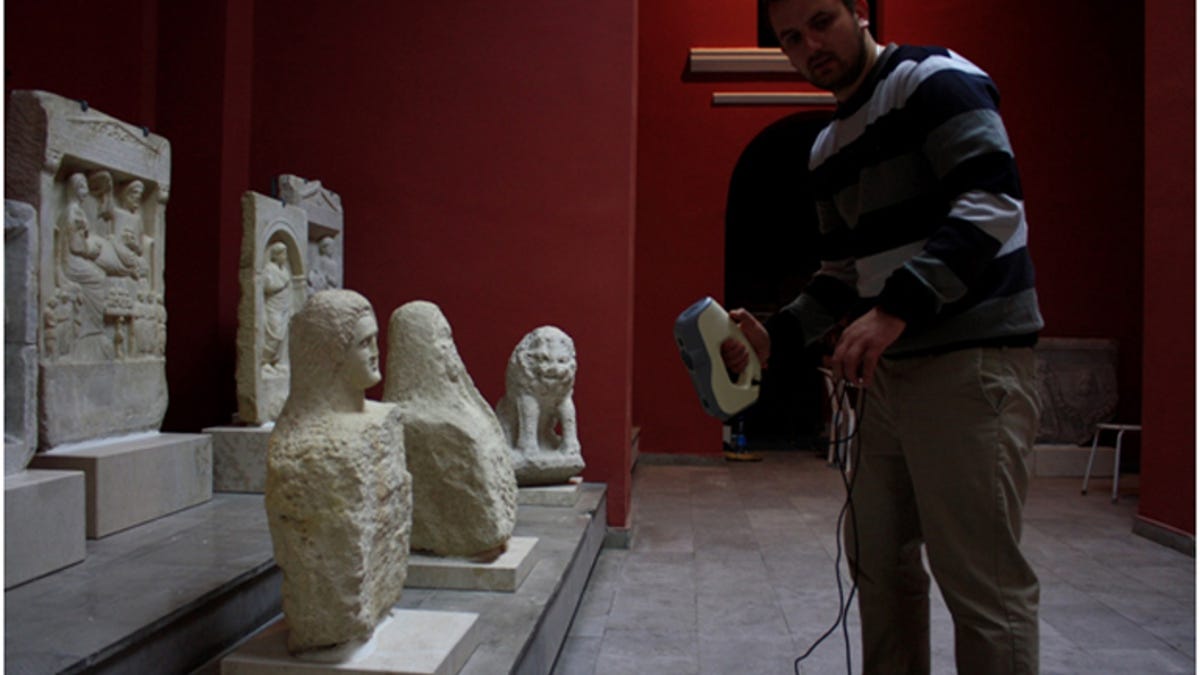3D print your own ancient artefacts for a home museum
A selection of museum artefacts, starting from prehistoric times, can now be downloaded as 3D models to print at home.

There's a surefire way to class up your joint: a few ancient artefacts just, you know, casually laying about, looking all ancient and classy. Now, you might be thinking that you're going to have a hard time both locating and paying for ancient artefacts -- but there's a way you can turn your lounge into a museum while not breaking the bank, and adding the niftiness of modern technology: 3D printing.
The artefacts in question are actual, real artefacts, from museums in Europe. They have turned into 3D models with the help of Artec, whose Spider and Eva scanners were used to scan artefacts from the Regional History Museum of Varna and the Regional History Museum of Pernik in Bulgaria -- a region of great cultural variance and significance in centuries and millennia past.
The over 150 artefacts, available through 3D design startup Threeding, include sculptures, gravestones, plaques, reliefs, hosehold items and religious symbols, from prehistoric times through Antiquity, the Middle Ages and into the Early Modern Period. During those centuries, the regions of Bulgaria saw visitation and occupation by the Roman Empire, the Greeks, the Thracian Kingdom, the Byzantine Empire, the Bulgarian Empire and the Ottoman Empire -- marking a wide variety available in the Threeding store.
Unlike the Lincoln Scans 3D website, which offers 3D models of artefacts in the Usher Gallery and The Collection in Lincoln for free, Threeding is offering the scans for sale, with prices ranging from around $15 to around $50. The wonderful part of this is that a percentage of the proceeds go directly towards the museum; in Central and Eastern Europe, museums receive limited funding, so every bit helps.
"Under the existing partnerships, the museums get royalty of 10-30% of each sale and receive all 3D scans, which they can use for scientific, education and presentation purposes," Threeding co-founder Stan Partalev said.
"However, different institutions have different needs and requirements. Right now we are in an advanced stage of negotiation with a museum that has asked us, instead of royalty, to develop an online 3D museum for their website. Other museums we have been talking to asked for an upfront fixed fee only. So, we try to be flexible and be of help to our partners in any possible way."
The Threeding website has specific sections for the Regional History Museum of Varna and the Regional History Museum of Pernik artefacts. It also has a section for all its historical artefacts, both museum scans and those uploaded by the Threeding community.
In the coming months, Threeding also plans to launch a 3D printing service, so that users who don't have access to a 3D printer can still purchase their very own museum artefacts.

